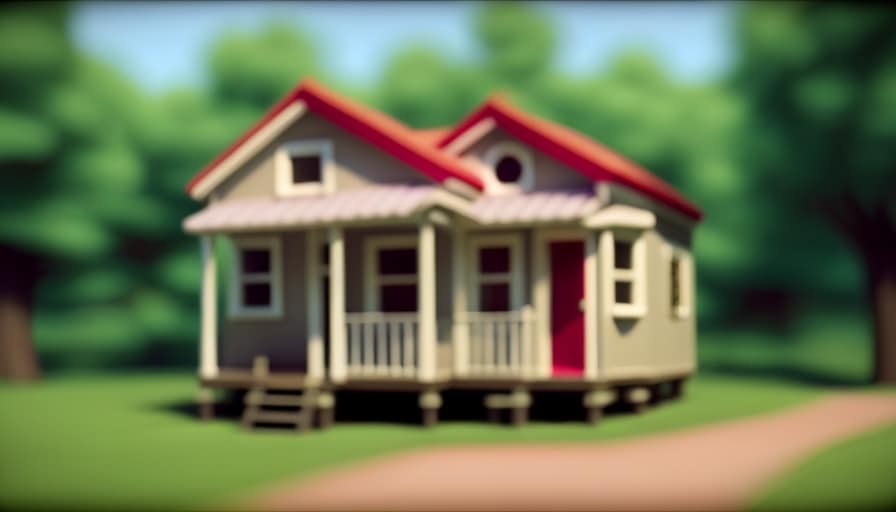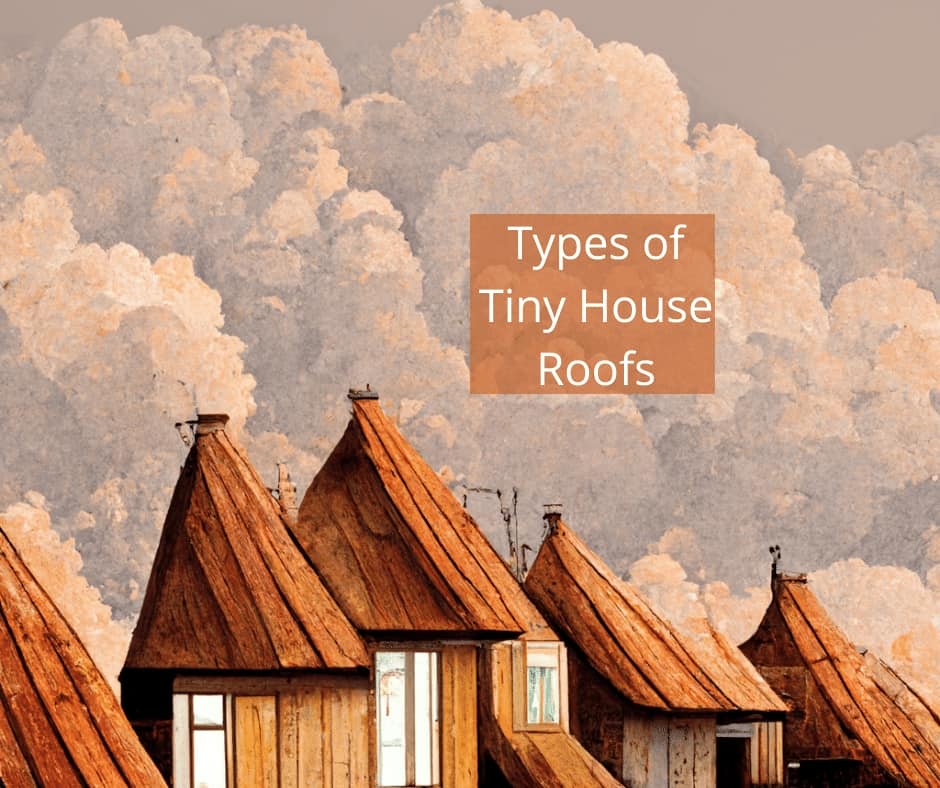Are you aware that more than 10 million people in the United States are currently residing in tiny houses? If you happen to be one of them, you may be curious about how to hook up sewage to your tiny house.
In this article, I’ll share the steps and tips for setting up a sewage system for your tiny home. From understanding different solutions to choosing the right plumbing system, I’ve got you covered.
So let’s dive in and make sure your tiny house has a reliable sewage connection.
Key Takeaways
- Composting toilets and greywater management systems offer sustainable sewage solutions for tiny houses.
- The choice between on-site and off-site sewage solutions depends on feasibility and maintenance preferences.
- Choosing the right plumbing system is crucial for sustainable and efficient living in a tiny house.
- Regular inspections and proper maintenance are necessary for the efficient operation of sewage systems in tiny houses.
Understanding Sewage Systems for Tiny Houses
I’ll explain the different types of sewage systems commonly used in tiny houses.

When it comes to tiny houses, one of the key considerations is finding efficient and sustainable ways to manage sewage. Two popular options are composting toilets and greywater management systems.
Composting toilets are a fantastic choice for those looking for an eco-friendly solution. These toilets use the natural process of decomposition to turn human waste into a nutrient-rich compost material. They’re easy to maintain, odorless, and require no water, making them ideal for off-grid living.
Greywater management systems, on the other hand, focus on recycling and reusing water from sources like sinks, showers, and dishwashers. This water is treated and filtered to remove any harmful substances and can then be used for purposes like irrigation or flushing toilets. It’s a great way to reduce water waste and minimize the environmental impact of a tiny house.
Both composting toilets and greywater management systems offer practical and sustainable solutions for sewage management in tiny houses. By implementing these systems, you can’t only reduce your ecological footprint but also contribute to a healthier and more sustainable future.

On-Site Vs Off-Site Sewage Solutions for Tiny Houses
For tiny houses, it’s important to consider the advantages and disadvantages of both on-site and off-site sewage solutions.
When it comes to on-site composting, it offers a sustainable and environmentally friendly option. This method involves using a composting toilet system, where waste is broken down into compost that can be used as fertilizer. It eliminates the need for a traditional septic system and reduces water consumption.
On the other hand, off-grid wastewater treatment provides a solution when on-site composting isn’t feasible. This involves using systems like greywater treatment or blackwater treatment units, which treat and filter the wastewater before it’s safely discharged. While it requires more maintenance and monitoring, off-grid wastewater treatment allows tiny houses to be self-sufficient and reduces reliance on public sewer systems.
Choosing the Right Plumbing System for Your Tiny House
When it comes to connecting sewage to a tiny house, it’s important to carefully consider the options and choose the right plumbing system that meets your specific needs.

Here are some key factors to keep in mind when making your decision:
-
Composting Toilets: These eco-friendly toilets break down waste into compost, eliminating the need for a traditional sewage system.
-
Graywater Recycling: This system collects and filters water from sinks, showers, and laundry to be reused for irrigation or flushing toilets, reducing water waste.
-
Holding Tanks: These tanks store both blackwater (from toilets) and graywater (from sinks and showers) until they can be properly disposed of at a designated location.

-
RV Hookups: If you plan to frequently move your tiny house, connecting to RV hookups allows for easy access to sewage facilities at various locations.
Choosing the right plumbing system for your tiny house is crucial for a sustainable and efficient living experience.
Now, let’s delve into the steps to connect sewage to your tiny house.
Steps to Connect Sewage to Your Tiny House
To successfully connect sewage to my tiny house, I’ll need to follow a few essential steps and have the necessary equipment.

The first step is to determine which type of sewage system is best suited for my needs. This could include either a composting toilet or a traditional flush toilet connected to a septic tank or public sewer system.
If I choose a composting toilet, I’ll need to ensure proper maintenance and disposal of the composted waste.
For gray water disposal, I can consider using a separate system that collects and filters water from sinks, showers, and appliances for reuse in irrigation or other non-potable purposes.
It’s important to research local regulations and obtain any necessary permits before connecting my sewage system to ensure compliance with environmental and health standards.

Maintenance and Troubleshooting Tips for Tiny House Sewage Systems
I’ve encountered a few issues with my tiny house sewage system, but with regular maintenance and some troubleshooting, I’ve been able to keep it running smoothly. Here are some maintenance and troubleshooting tips that can help you with your own tiny house sewage system:
-
Regular inspections: Conduct routine inspections to identify any potential issues such as leaks or blockages.
-
Proper waste disposal: Dispose of waste properly to prevent clogging and damage to the system.
-
Use septic-safe products: Use products that are specifically designed for septic systems to avoid damaging the system.

-
Monitor water usage: Be mindful of your water usage to prevent overloading the system and causing backups.
Frequently Asked Questions
Can I Use a Composting Toilet Instead of Connecting to a Sewage System?
I can use a composting toilet instead of connecting to a sewage system. Composting toilet alternatives have their pros and cons, and off-grid sewage solutions offer options for those seeking self-sufficiency.
How Often Do I Need to Empty the Holding Tank in My Off-Site Sewage Solution?
The emptying frequency of the holding tank in my off-site sewage solution depends on usage and tank capacity. Regular maintenance is necessary to prevent overflow and ensure proper functioning of the system.
Can I Connect Multiple Tiny Houses to the Same Sewage System?
Yes, you can connect multiple tiny houses to the same sewage system. However, there are alternative options for sewage disposal in tiny houses, such as composting toilets or greywater systems.

What Are the Potential Health Hazards Associated With a Malfunctioning Sewage System in a Tiny House?
A malfunctioning sewage system in a tiny house can pose potential health hazards and have a negative environmental impact. It is crucial to ensure proper installation and maintenance to prevent these risks.
Are There Any Regulations or Permits Required for Connecting a Tiny House to a Sewage System?
There are regulations and permits required for connecting a tiny house to a sewage system. It is important to comply with these guidelines to ensure proper installation and prevent any potential health hazards.
Conclusion
In conclusion, connecting sewage to a tiny house requires careful consideration of the type of plumbing system and whether to opt for an on-site or off-site solution.
A fascinating statistic to note is that the average American household produces approximately 300-400 gallons of wastewater per day.

This visual representation emphasizes the importance of having a well-designed and properly maintained sewage system in place for tiny houses to ensure efficient and sustainable waste management.
I’m Theodore, and I love tiny houses. In fact, I’m the author of Tiny House 43, a book about tiny houses that are also tree houses. I think they’re magical places where imaginations can run wild and adventures are just waiting to happen.
While tree houses are often associated with childhood, they can be the perfect adult retreat. They offer a cozy space to relax and unwind, surrounded by nature. And since they’re typically built on stilts or raised platforms, they offer stunning views that traditional homes simply can’t match.
If you’re looking for a unique and romantic getaway, a tree house tiny house might just be the perfect option.
















